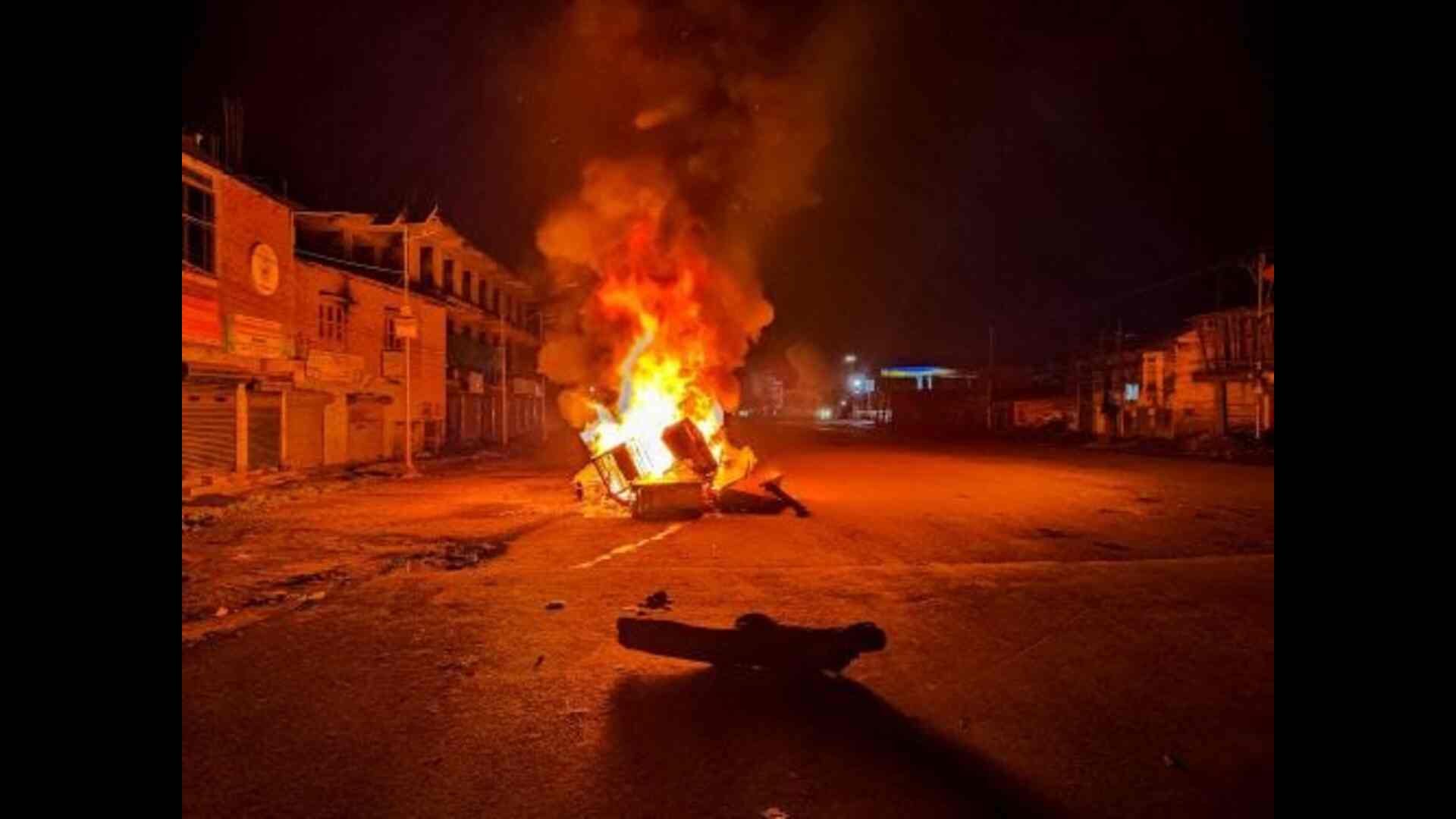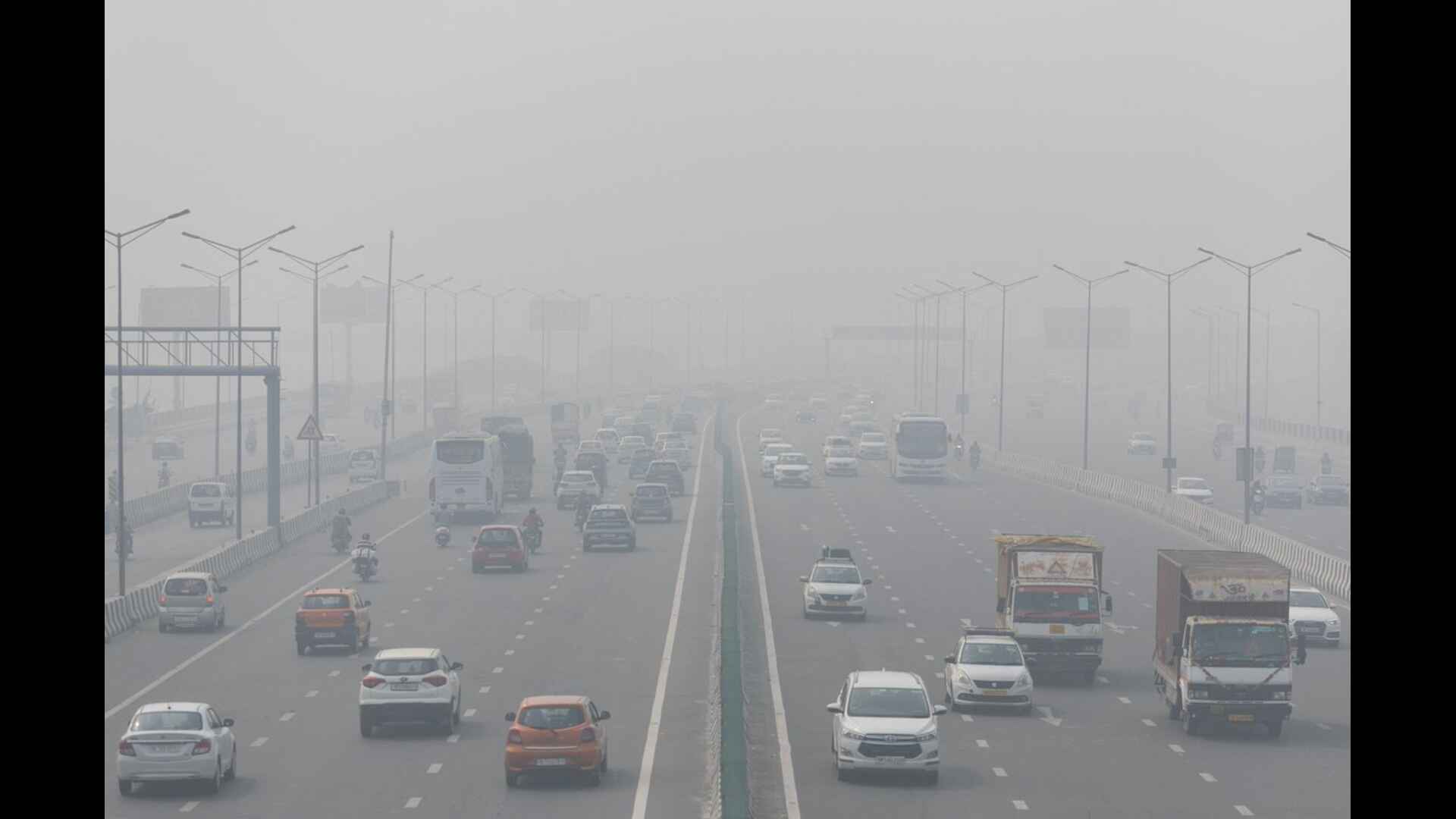The increasing pollution in Delhi has always been a matter of serious concern, necessitating a foolproof strategy to tackle the issue. Whether it’s a BJP or Congress-led government in Delhi, both have been blaming Haryana and Punjab for the pollution. Political parties have also assessed the issue in terms of political gains and losses. Unlike earlier governments, the AAP-led Delhi government has not openly accused the Punjab government of increasing pollution in Delhi, as the party governs the state as well.
In this series, the Central Government has released figures regarding the incidents of stubble burning that took place in both states in the two months of October and November. Although there has been a reduction of more than one-fourth in the incidents of stubble burning compared to previous years, which is relieving to some extent, the matter of concern is that in a period of two months, more than 36 thousand incidents of stubble burning have surfaced in Punjab alone, which is an alarming situation.
Contrary to this, very few cases of stubble burning have been reported in Haryana in a period of two months, as a result of the steps taken by the state government. According to the data, as many as 2228 cases of stubble burning have been reported in the state in the two-month period of October and November, with an average of 35 to 40 cases a day. In order to tackle the problem of stubble burning, the Haryana Government has also made arrangements for financial assistance per acre for not burning stubble and for purchasing stubble from farmers. Thus, Haryana is in a much better position in terms of incidents of stubble burning compared to neighboring Punjab.
In comparison to only 2228 incidents reported in Haryana in two months, Punjab has reported 36449 incidents in the same period, an average of around 600 cases of stubble burning a day. According to the Central Government, the Commission for Air Quality Management in NCR and Adjoining Areas has provided a framework for the prevention and control of air pollution in Delhi NCR, and it was informed that due to concerted efforts of all stakeholders and continuous monitoring and review by the Central Government, incidents of paddy stubble burning between September 15 to November 30, 2023, witnessed a reduction of about 27% compared to the same period in 2022.
Regarding the incidents of stubble burning, the Haryana government claims that the AAP-led Punjab government failed to ensure the implementation of preventive measures and arrangements, which led to a spurt in pollution. Although Punjab has claimed to have reduced the incidence of stubble burning, there is still a need for comprehensive improvement. While Punjab and Haryana occupy the first two positions in terms of stubble burning, the rest of the states are far behind in this matter.
If Western UP is also considered responsible, even if partially, for Delhi’s pollution, as many as 209 cases of stubble burning have been reported in Western UP in two months. Only 4 incidents have been reported in Delhi itself, and 2 cases have been reported in Rajasthan.
Further, the Air Quality Index (AQI) data shows that during the month of November 2023, all the cities of Delhi-NCR, except 4 cities namely Mandikhera, Palwal, Alwar, and Khurja, have witnessed a higher level than other cities. The number of days in the poor, very poor, and severe categories of AQI is higher compared to the previous period. Poor air quality during November 2023 can be attributed to prevailing meteorological conditions and pollution from local and regional emission sources.
The AQI of Delhi and NCR cities for the month of November 2023 and 2022 was of very poor quality. Major sources of air pollution in Delhi NCR, which increase during winter due to adverse meteorological conditions, include industrial pollution, vehicular pollution, dust from construction and demolition activities, road and open-area dust, stubble burning, municipal solid waste burning, etc.
















